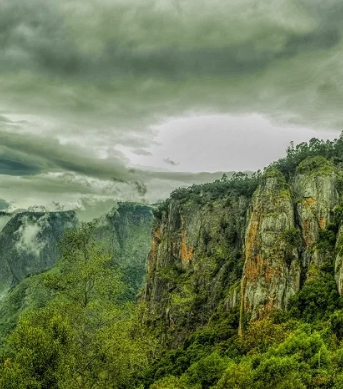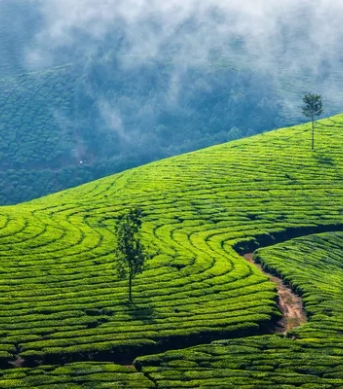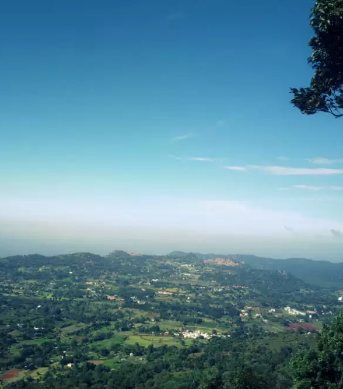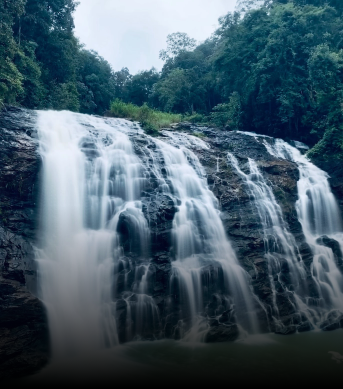Explore
The Ooty
 Overview
Overview
Udagamandalam was originally a tribal land occupied by
the Toda along with other hill tribes who coexisted through
specialisation and trade. The major tribes of Nilgiris area
are the Toda, Baduga, Kota, Irula and Kurumba. The old Tamil
work Silappadikaram states that the Chera king Senguttuvan,
who ruled during the 2nd century CE, on his way to the
Himalayas in the north, stayed in the Nilgiris and witnessed
the dance of the Kannadigas.
The Toda in the Nilgiris are first referenced in a record
belonging to Hoysala king Vishnuvardhana and his general
Punisa, dated 1117 CE.The Toda people were known for raising
water buffalo.
The Tamil and Badaga people known for farming activities.
Nilgiris was ruled by various dynasties like Satavahanas,
Cheras, Gangas, Kadambas, Rashtrakutas, Cholas, Hoysalas,
the Vijayanagara empire and the Rajas of Ummattur (on behalf
of Wodeyars of Mysuru).
The Nilgiris came into possession of British East India
Company as part of the ceded lands, held by Tipu Sultan,
by the treaty of Srirangapatnam in 1799.
The road was completed in May 1823, and extended up to
Coonoor by 1830-32.
Ooty served as the summer capital of the Madras Presidency;
it was visited by British officials during the colonial days
as a popular summer resort.
 Place Of
Interest
Place Of
Interest
The Government rose garden (formerly Centenary Rose Park)is the largest rose garden in India. It is situated on the slopes of the Elk Hill in Vijayanagaram of Ooty town.at an altitude of 2200 meters.
Ooty lake covers an area of 65 acres.The boat house established alongside the lake, which offers boating facilities to tourists, is a major tourist attraction in Ooty. It was constructed in 1824 by John Sullivan, the first collector of Ooty. The lake was formed by damming the mountain streams flowing down Ooty valley.
Doddabetta is the highest peak (2,623 m) in the Nilgiris, about 10 km from Ooty. It lies at the junction of the Western and Eastern Ghats surrounded by dense Sholas. Pine forests situated between Ooty and Thalakunda is a small downhill region where pine trees are arranged in an orderly fashion.
There are a few Toda huts on the hills above Botanical Garden, where Todas still dwell. There are other Toda settlements in the area, notably Kandal Mund near Old Ooty.
The Nilgiri Mountain Railway was built by the British in 1908, and was initially operated by the Madras Railway Company. The railway still relies on its fleet of steam locomotives. NMR comes under the jurisdiction of the newly formed Salem Division.
Stone House is the first bungalow constructed in Ooty. It was built by John Sullivan and was called as Kal Bangala by the tribals (Kal means stone in local tribal language). John Sullivan started building Stone House in 1822, acquiring land from the Todas at one rupee an acre. Today, it is the official residence for the principal of the Government Arts College, Ooty



